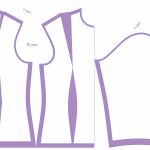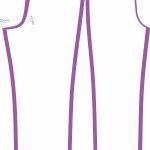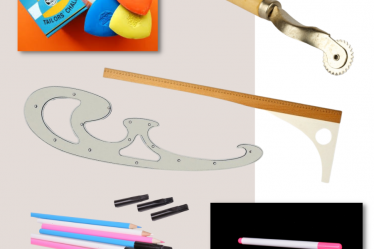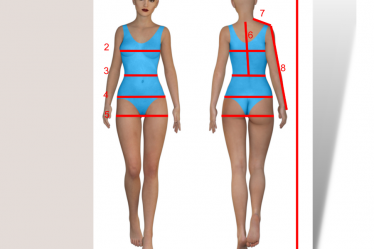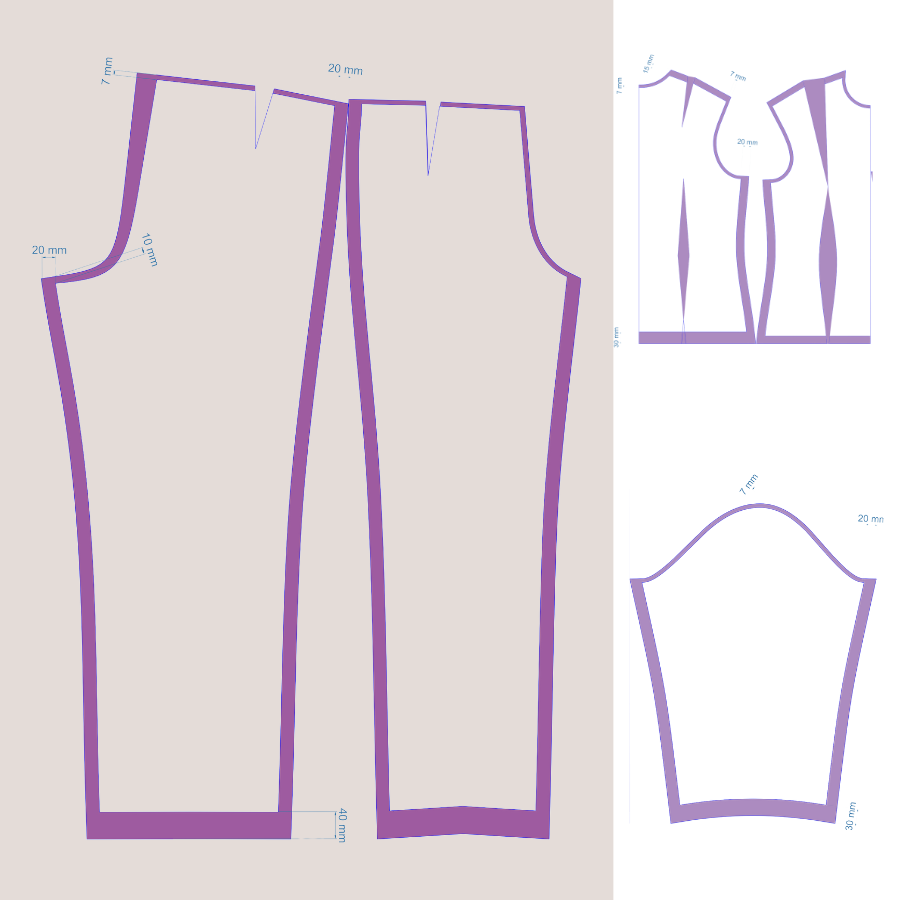
The patterns on our website are always without seam allowances.
So what are seam allowances?
The edges of the pattern pieces create a line, and this line marks where the seam or edge of the garment is created when sewn together. In order to sew the pieces together, we need to add seam allowances to the pattern. The seam allowances are therefore additions to the pattern pieces. When we add seam allowances to a pattern, it is no longer called a pattern, but a pattern template.
There is no need to create separate paper pattern templates. Just lay the pattern pieces on the fabric, trace it, add the seam allowances directly onto the fabric and draw them. It helps you to always know where the pattern ends and therefore where to sew or fold the fabric.
The width of seam allowance is not always the same everywhere and varies depending on where the seam allowance is in the pattern and also how we are going to make the product.
So how much and where to add the seam allowances?
It is not complicated, there are the following rules for fabric garments:
- Wherever we sew parts along the length of the garment, where we may need to adjust the garment width, 2 to 2.5 cm is added. This is in case we measured wrongly or chose the wrong size, but also if the material behaves differently, is more elastic, or we decide that it would look better to just have the garment looser in a certain part. So for example in all the side seams (torso, legs, sleeve….), if you cut the seam only 1 cm, you can’t adjust anything when testing the garment fit.
- Seams that would not be widened or loosen (armhole, neckline, waistline…) you only add 0.5 – 0.75 cm.
- Hems and garment edges that fold up, add as follows: Trousers hem 3 – 4 cm, however, if you are using an elasticated cuff you only need 1 cm seam allowance. The same goes for sleeves. The bottom edge of a blouse, jacket or a sweatshirt add 2 – 4 cm, unless you are adding an elastic band. If you are using some sort of binding to finish a garment edge, you do not add a seam allowance.
- Shoulder seam – depending on the type of garment – T-shirts or other knitted garments 1 cm is enough, blouse, jacket, coat – just wherever there is an ironed shoulder seam you add about 1.5 cm.
For knitted garments, you only need 1 cm everywhere.
In any case, don’t try gettting around this step by copying a larger size and cutting it out in the edge of the pattern!!! This will not add seam allowances to the pattern, but will only deform the pattern!
